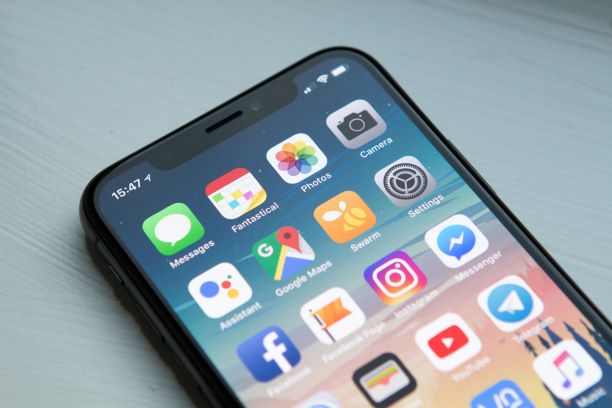Until February of this year, most of us would have barely given the term “COVID” a cursory glance if we read it in the news. Today, COVID-19 affects the lives of every single one of us. Whilst we do not forget the devastating consequences of this disease on so many, the need remains to facilitate new ways of working for millions of us – and to mobilise information as the consequences ripple through economies.
Collaboration
Social distancing is one way to prevent the spread of COVID-19. Analysing the effectiveness of such strategies, either in the future for retrospective analysis, or in real-time as applied in South Korea, raises privacy questions.

With so many roles in the developed world suitable for remote working, the load on domestic broadband and mobile networks is unprecedented. Historical data is usually the substance of forecasting, but there is virtually no historical data available for an event like this. Evidence suggests that the demand for domestic internet use in the UK has inverted since 23 March, when UK lockdown restrictions were introduced. The hypothesis is that people working and home-schooling during the day are weary of technology by the evening. Mike Gilliland’s blog post summarising an Institute of Business Forecasting town hall shares peer insights into how forecasting is approaching these circumstances.
Telecommunication businesses and regulators are collaborating with the British government to be flexible on services such as broadband data allowance caps. They are also prioritising alternative arrangements for vulnerable customers requiring broadband repairs. You can efficiently apply business rules and models that predict maintenance events for this customer cohort with integrated, well-orchestrated teams following processes designed for ModelOps.
Boundaries
South Korea has been an exemplar nation in containing the spread of COVID-19. Many have lauded its ability to scale up virus testing and its pioneering use of drive-through and walk-through test centres.
On top of this, a widely discussed topic has been South Korea's use of tracking and mobile alerting. Contact tracing is a crucial tactic in reducing the spread of communicable diseases such as COVID-19. Its purpose is to break the chain of transmission by identifying people who have been exposed to an infected person. Exposed people can then take the necessary steps to isolate themselves, or if they are already showing symptoms, begin treatment.
In the future, we will likely debate the boundaries for how governments hold and process this data in such exceptional circumstances. Balancing privacy whilst assisting the government with people movement insights is a complex subject debated since before the Internet of Things became … well, a thing.
Beyond decisioning
In the weeks and months ahead, governments will relax their restrictions on people's movement. Cultures and values in organisations may shift to a greater external focus, perhaps leading to continued collaboration. While modelling and analytics can help us learn and prepare for future events, good decisions and communication will be the most effective tools of business and government.
Moreover, COVID-19 has created a new set of challenges and opportunities for telecommunication organisations. My colleague Matthieu Joosten has written a series of blog posts that discuss these challenges and opportunities in more detail:
- Digital Customer Experience
- Network Management
- Collections Management
He also discusses how intelligent decisioning – the use of both traditional statistical models and advanced machine learning and deep learning techniques to inform every aspect of business decisioning making – can help.
Moving forward, good decisions and communication will be the most effective tools of business and government. Click To Tweet
